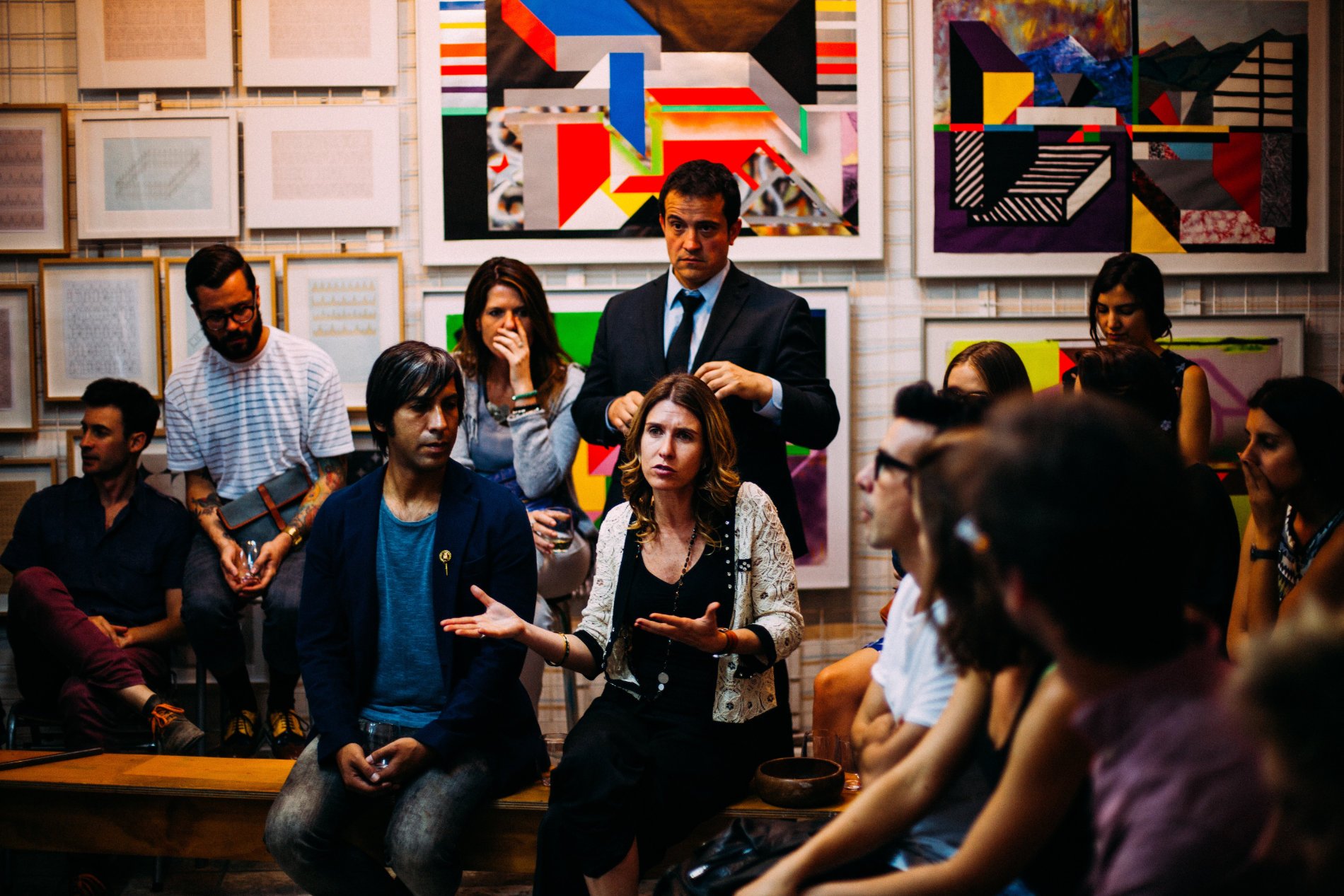Get more actionable results from your Focus Groups.
We’ve all been there. Sitting in a room all day, reviewing an idea or a product with 14 volunteers who are all saying different things and can’t make up their minds.
It is frustrating to spend all that time and money without reaching a conclusion or getting any actionable insights.
Well, it’s not the attendees fault! People can’t describe if they value something they have not seen before according to Nobel prize winner Daniel Kahneman(2).
So, often they lie. Not because they mean to. But because the human brain is not able to consciously report our unconscious emotional responses with accuracy.
You wouldn’t ask your stomach to tell you how’s it’s been digesting lately or ask your liver if it liked that steak last night! And equally so – we cannot expect to consciously understand what our unconscious brains are doing.
In order to find out what people really love, you need to measure their brain directly.
Sounds complicated? Don’t worry. Lively makes it super easy.
How can Lively predict market impact with over 80% accuracy from a Focus Group?
Lively is the personal neuroscience platform that you use to measure brains during focus groups.
With Lively, powered by the neuromarketing technology of Immersion, you measure the attendees in focus groups to see exactly which ideas, products, or content causes emotional peaks in the unconscious brain. And, you see this in real-time so you can dig in deeper and find out why.
Lively’s objective, predictive, and granular measures give you the superpower to see what people cannot say. And the best part? Immersion is scientifically proven to predict market impacts with better than 80% accuracy.
That’s right. No longer will someone tell you their favorite brand of whiskey and go back to buying the regular stuff.
With Lively – you have the certainty of neuroscience letting you see immediately which experience has sparked love in people's brains. And, since all brains work similarly, love by focus group members leads to purchases by the general public.
How do you use Lively to optimize Focus Groups?
Simple. You measure a specific neurologic state in your audience. At Lively, we call this state Immersion, named for the neurologic state our founders discovered that powers our platform. Immersion induces the audiences' brains to release the attachment neurochemical oxytocin.
Very science-y, we know. But stay with us . .
"Oxytocin increases perceptions of brand competence ... and participants are willing to pay more for branded products through its effect on brand competence. says published scientific research.1
The release of oxytocin shows that people have physiologic attachment to a product or service. In other words, it causes people to fall in love with - and pay more for - products and services.
Lively measures brain immersion in real-time, second-by-second, so you can easily measure which brands people love.
When your attendees experience immersion – you know for sure that brand or product is a winner.
How do you use Lively?
It is so simple. You set up your Focus Group and invite attendees to wear a fitness sensor while they participate.
You or your team can log into the Lively platform and watch the data in real-time to understand how the group’s brains.png?width=400&height=267&name=Employee%20Turns%20on%20wondr.%20App%20(5).png) are connecting or pulling back.
are connecting or pulling back.
At the end of the event, you receive a full, downloadable report of the moments of high and low immersion within Lively. You can tag key moments while they happen to gain insights into what truly made an impact on attendees.
With Lively – you have data that definitively explains what people really care about what they didn’t. This helps you go to market or communicate results with confidence and zero guesswork.
How do you get started?'
Want to use Lively in your next Focus Group to get clear, actionable next steps?
Drop us a note today for a free demo to see how easy it is to use Lively at your next event.
Want to stay in touch? Join Lively's Newsletter!
1: https://journals.plos.org/plosone/article?id=10.1371/journal.pone.0260589
2: Kahneman, D., & Snell, J. (1992). Predicting a changing taste: Do people know what they will like?. Journal of Behavioral Decision Making, 5(3), 187-200.




